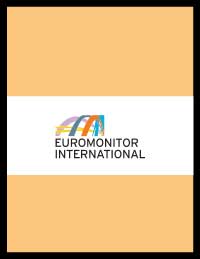In comparison with other Western European countries, Germany maintains high per capita consumption of juice. However, overall juice consumption is on a gradual decline in the country, primarily due to mounting concerns about its sugar content. As consumers become increasingly conscious of their daily sugar intake, they are seeking ways to reduce it, often by cutting back on beverages containing sugar. Despite sugar concerns, fruit juice still has a positive image. In particular, 100% juice is pe...
Euromonitor International’s Juice in Germany report offers a comprehensive guide to the size and shape of the market at a national level. It provides the latest retail sales data (2019-2023), allowing you to identify the sectors driving growth. It identifies the leading companies, the leading brands and offers strategic analysis of key factors influencing the market – be they legislative, distribution, packaging or pricing issues. Forecasts to 2028 illustrate how the market is set to change.
Product coverage: 100% Juice, Coconut and Other Plant Waters, Juice Drinks (up to 24% Juice), Nectars (25-99% Juice).
Data coverage: market sizes (historic and forecasts), company shares, brand shares and distribution data.
Why buy this report?
* Get a detailed picture of the Juice market;
* Pinpoint growth sectors and identify factors driving change;
* Understand the competitive environment, the market’s major players and leading brands;
* Use five-year forecasts to assess how the market is predicted to develop.
Euromonitor International has over 40 years’ experience of publishing market research reports, business reference books and online information systems. With offices in London, Chicago, Singapore, Shanghai, Vilnius, Dubai, Cape Town, Santiago, Sydney, Tokyo and Bangalore and a network of over 800 analysts worldwide, Euromonitor International has a unique capability to develop reliable information resources to help drive informed strategic planning.



